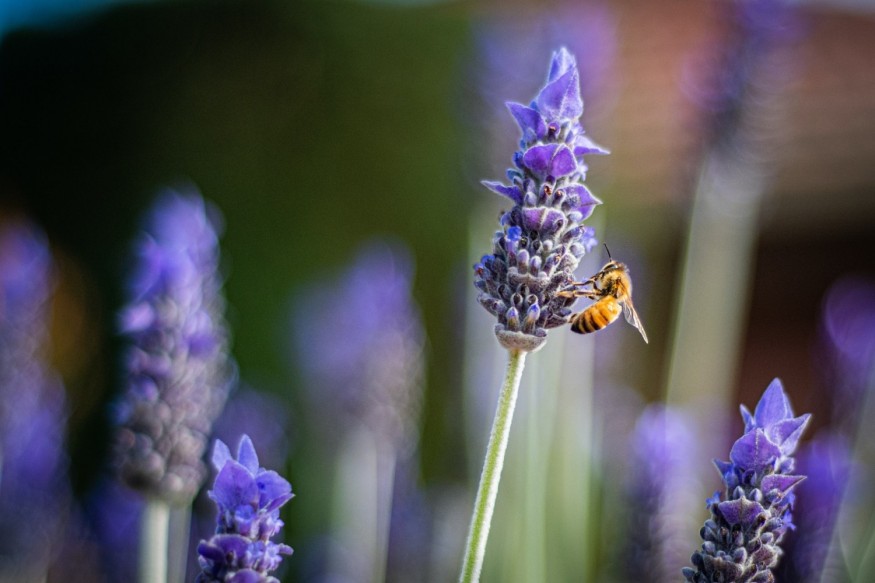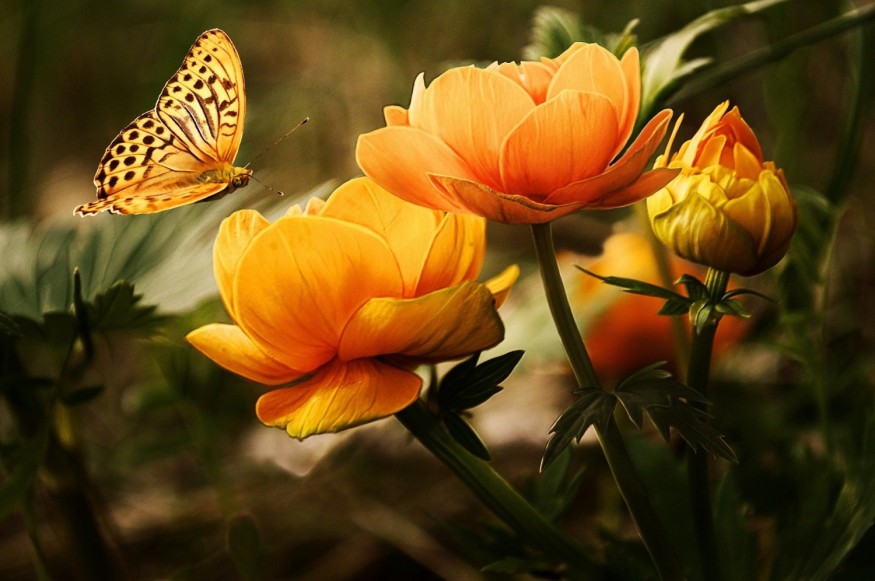According to a research, some seasonal plants in the UK are blossoming a month sooner as the environment warms.
The researchers looked at 420,000 dates from 1793 for the first blossoming of more than 400 species. Until 1986, the average date for the first blooming was around 12 May, but it has subsequently been shifted forward to 16 April.
Herbaceous plants made the most progress, flowering 32 days earlier on average. Trees bloomed 14 days earlier, and shrubs bloomed ten days earlier. The researchers believe that herbaceous plants that reproduce more quickly will better adapt to the changing environment, according to a report in New Scientist.
Spring arrived 42 days sooner than the pre-1986 norm in the most recent reported year, 2019. The time gap between flowering in the north and south of the UK, above Stoke-on-Trent, has fallen from nine days to four days since 1986. Global warming has escalated since the mid-1980s due to fossil-fuel combustion and other human activities.
Related Article: Ancient Trees 'Must be Safeguarded' to Help Long-Term Survival of Forests
Risk of Ecological Mismatch

"The findings are extremely frightening, given the ecological hazards associated with early flowering dates. A late frost can destroy plants that blossom too early, a condition that most gardeners will have encountered at some point," said the study's lead author, Prof Ulf Büntgen of the University of Cambridge in the Royal Society Publishing
He added that the greater danger is "ecological mismatch," which occurs when plants, hibernating or migratory insects, birds, and other creatures are no longer in sync. If certain species failed to adapt to their environment, it may have a negative impact on their population.
Such mismatches are already visible, for example, between flowers and pollinators and great tit chicks and their critical caterpillar meal, according to Natural Resources.
The researchers found that "biological, ecological, and agricultural systems will be at unprecedented risk" if plants in the UK continued to blossom sooner and climate extremes rose further. Farmers may suffer, for example, if fruit plants bloomed early and were later damaged by a late frost.
While it may be difficult for individuals to understand the impact of a 1°C increase in global temperature, Büntgen noted that plants that bloomed a month earlier exhibited a significant shift.
The study looked at first blooming dates from the Channel Islands to Shetland and from Northern Ireland to Suffolk and was published in the Proceedings of the Royal Society B journal. Because the data available for particular plants varied greatly over time and in geographic coverage, the study did not focus on any one species. "
However, the researchers observed that there were now hundreds of records of snowdrops and hellebores blossoming before New Year's Day, as well as dozens of records of primroses, winter aconites, and lesser celandines flowering before New Year's Day.
Flowering Dates

The early flowering dates were closely associated with the average daily maximum temperature from January to April, which climbed from 7.8°C from 1952 to 1986 to 8.9°C from 1987 to 2019.
The researchers found no relationship between the duration of the day and plant behavior. Still, they believe that if average blooming dates are pushed forward into February in the future, this cue employed by plants will become more relevant.
They discovered that flowering had proceeded 15 days faster than the government's UK Spring Index, which only covers two species: hawthorn and horse chestnut.
"The main focus of this study is on native plants, so we don't yet have a clear picture of the full impact of these changes on garden plants," said John David of the Royal Horticultural Society.
Related Article : Dead Woods Are Releasing More Carbon Yearly Than All Fossil Fuel Emissions Combined
For similar news updates,don't forget to follow Nature World News
© 2025 NatureWorldNews.com All rights reserved. Do not reproduce without permission.





